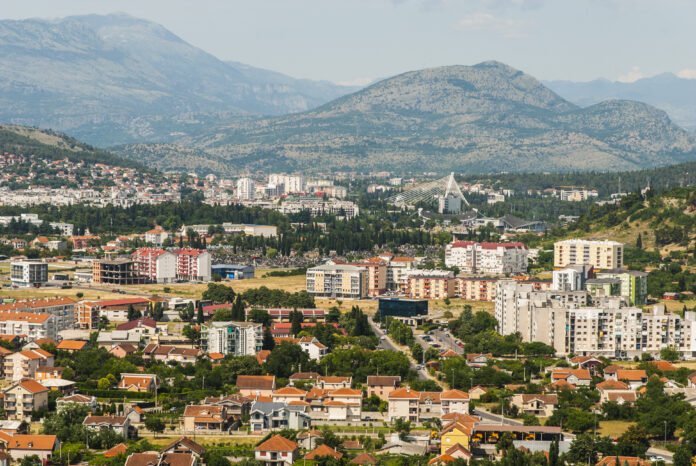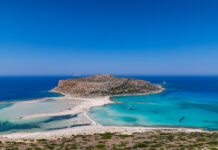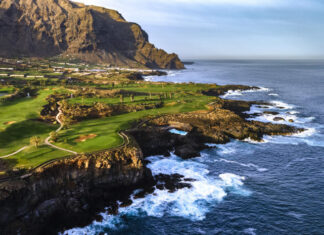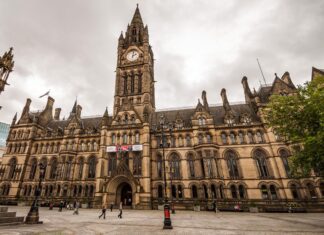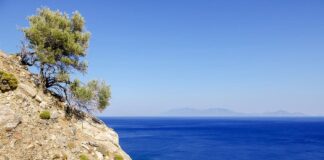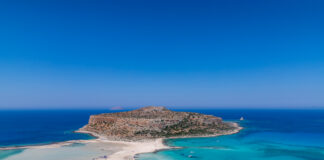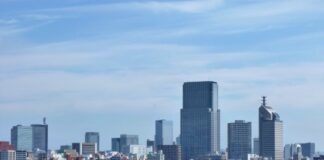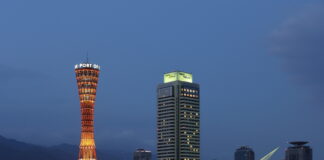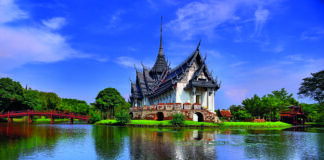Podgorica, the capital of Montenegro, is a vibrant city bursting with charm. Enriched with diverse cultural influences, historical artifacts, and beautiful landscapes, it offers an array of experiences to satiate the travel bug in you. Explore this captivating city, and you'll uncover its unique gastronomic scene, rich cultural heritage, countless travel treasures, exciting trivia, and top must-see places.
Food
Food is an integral part of Montenegrin culture and an excellent place to start your Podgorica adventure. The city's gastronomy is a delightful fusion of Mediterranean and Balkan influences, featuring fresh, locally-sourced ingredients.
No trip to Podgorica is complete without sampling "Njeguški pršut," a dry-cured ham seasoned with sea salt, then smoked and aged. Relish the richness of "Kacamak," a hearty dish of mashed potatoes, cornmeal, and cheese, often served with "kajmak" (a creamy dairy product) or sour milk.

Podgorica is a hub for Montenegrin wine production. Visit local wineries like "Plantaze," the largest vineyard in a single European complex. Here you can taste exquisite Montenegrin wines such as Vranac or Krstac.
Culture
Podgorica's history spans two millennia, allowing the city to cultivate a rich cultural scene reflecting its diverse past.
Podgorica's cultural landscape is marked by Ottoman, Venetian, Austrian, and Yugoslav influences. You can see this diversity in the city's architecture and art.
Art lovers should explore the Center for Contemporary Art, home to rotating modern art exhibits. Also, the Natural History Museum is a fascinating place to learn about Montenegro's biodiversity.
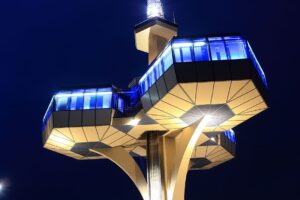
Travel Tips
The best time to visit Podgorica is spring (April-June) and fall (September-November) when the weather is warm and pleasant. Summer months can be pretty hot.
Podgorica's city center is compact, making it easy to explore on foot. For longer distances, the city's public buses are reliable and inexpensive.
Montenegro uses the Euro (€) as its currency. While credit cards are widely accepted, carrying some cash for smaller establishments and street vendors is good.
Podgorica has changed its name several times in history. It was known as Ribnica, then Titograd during Yugoslav, and finally, Podgorica post-independence.
The city's most famous bridge, Most na Ribnici, is believed to be where the city was founded. It's a popular spot for lovers who express affection by locking padlocks on the bridge's railing.
Top Places
This modern bridge is one of the city's prominent landmarks. Its striking design and panoramic views make it a must-visit.
Visit the historic Ottoman-era Old Town, Stara Varoš, where you can see the ancient clock tower and Osmanagić Mosque. Nearby is Skaline, the beautiful meeting point of the Ribnica and Morača rivers.
King Nikola's Castle
This beautiful castle-turned-museum displays Montenegrin's royal history. Its gardens and park offer a peaceful retreat from the bustling city.
Lake Skadar
Just a short trip from Podgorica is Lake Skadar, the largest lake in the Balkans. A haven for nature lovers, it's home to diverse wildlife and offers activities like bird watching, fishing, and boat trips.

Podgorica is a city that effortlessly blends the old with the new. Unpretentious yet culturally rich, it's a city where you can experience a unique mix of Balkan spirit and Mediterranean charm. From its delicious cuisine, vibrant art scene, exciting facts, and practical travel advice to must-see places, this guide equips you with everything you need for an unforgettable Podgorica journey. Enjoy the adventure!

